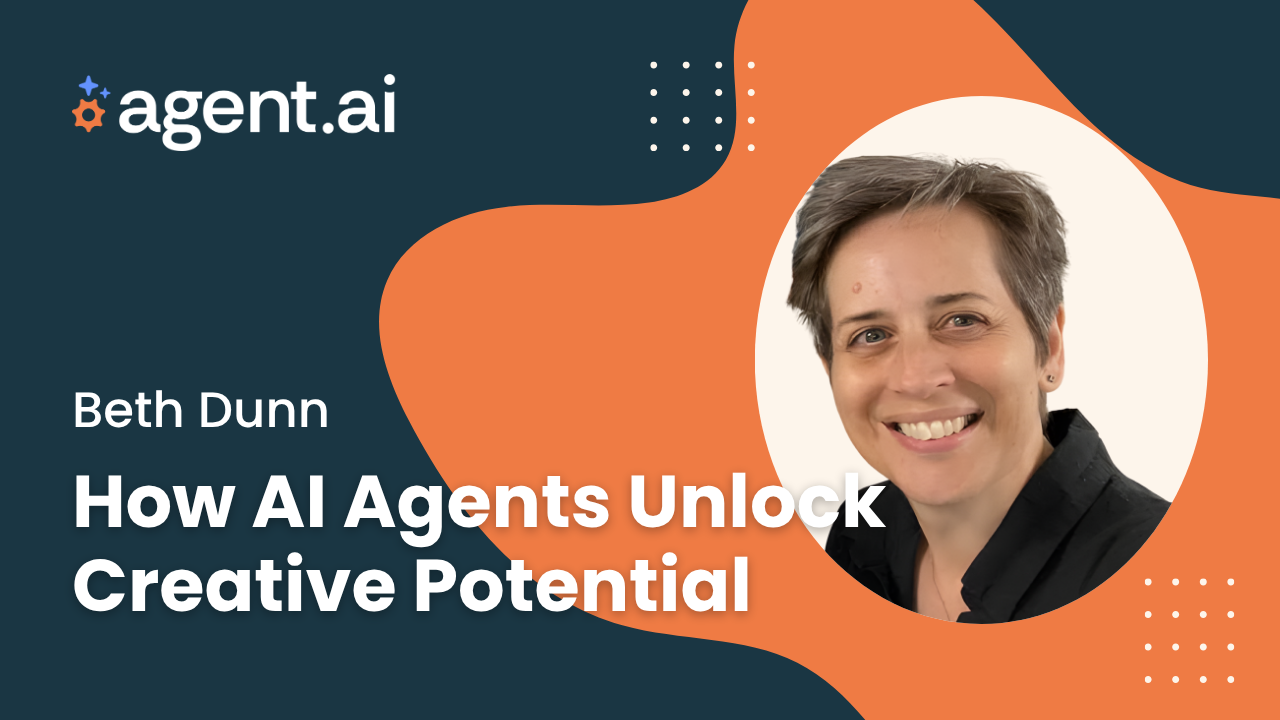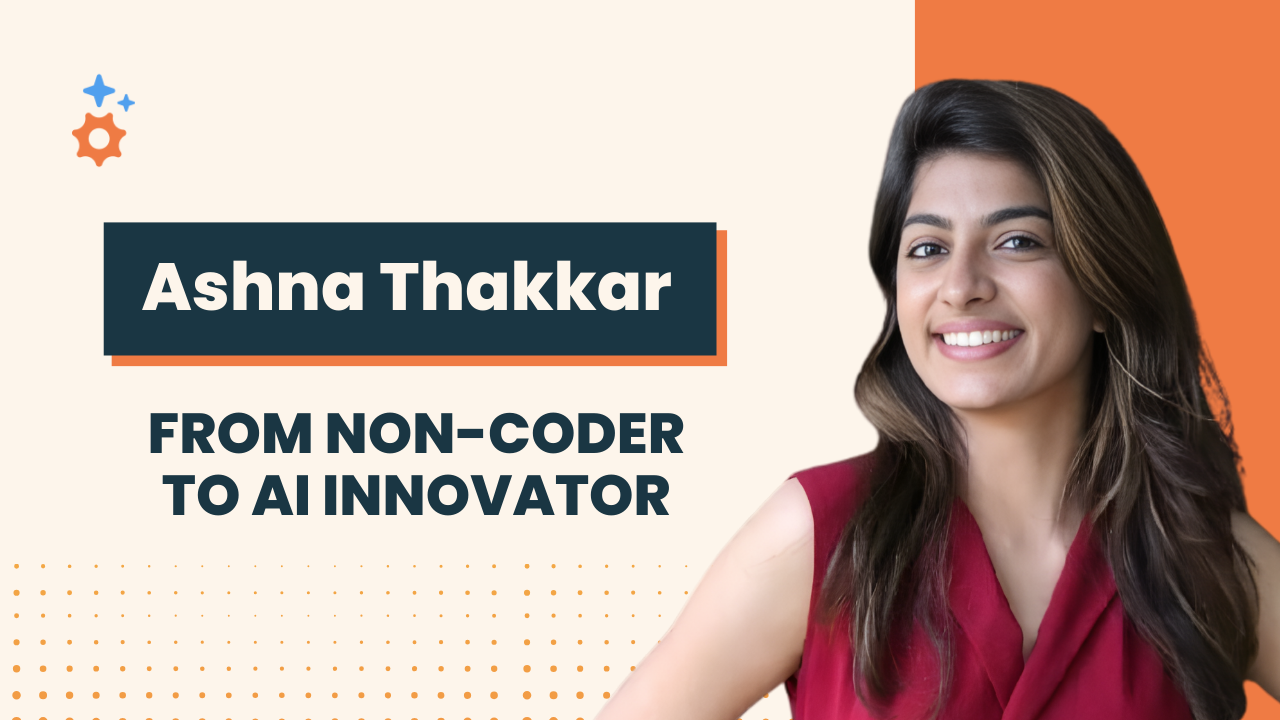AI Isn't the Death of Copywriting—It’s the Rewrite
Drawing on insights from Beth Dunn’s INBOUND talk, let's explore how creatives can use AI to speed up repetitive work and preserve their authentic voice.


At this year’s INBOUND conference, Beth Dunn—one of the most thoughtful voices in content strategy—reminded us that AI isn’t here to replace creative professionals. Instead, it’s here to augment our work, free us from the repetitive parts, and give us more time for the bigger, bolder ideas. (By the way, if you missed her talk, you can still enjoy the fruits of her labor in this recap post.)
That framing is powerful. Too often, conversations about AI in marketing get stuck in fear.
“Will it take my job?”
The reality, as Beth argued, is that AI can’t replicate the uniquely human aspects of creative work—insight, empathy, storytelling, and vision. What it can do is help us move past the blank page faster, test more variations, and spend more energy on the strategic and imaginative parts of our roles.
So instead of worrying about whether copywriting is “dead,” the real question is: How can copywriters, marketers, and creatives use AI to do better work that emphasizes their uniquely human voice?
The Role of AI: Partner, Not Replacement
When we treat AI as an autopilot writer, the results are predictably bland. Like an under-seasoned dish, the copy it churns out may count as a meal, but lacks taste and has no impact. The kind of generic stuff people ignore.
But when we treat AI as a creative partner—a brainstorming assistant, a structure-builder, a draft generator—something shifts. Suddenly, we’re not trying to make AI be the writer. We’re using AI to speed up the tactical work so we can invest more of ourselves in the parts that matter.
The strategy. The big ideas. The creativity that builds trust.
That’s the promise of AI in creative work—not replacement, but amplification.
Practical Ways for Copywriters to Cozy Up With AI
Use AI to Get Unstuck, Not to Do All the Writing
Every writer knows the pain of the blank page. Instead of forcing inspiration, AI can help generate raw material to work with—outlines, headline variations, or a first messy draft. The magic happens when you shape that raw material with your expertise and voice.
Teach AI Your Tone
Beth Dunn often talks about “finding your voice” as a writer. AI can’t know your voice unless you show it. Feed it examples of your best-performing content and the stuff that hits you just the right way. Then, explicitly tell it to mimic that style.
AI becomes much more effective when it’s trained to sound like you, not like a generic copybot.
Save Your Energy for the Big Ideas
Think about the marketing tasks that drain your time but don’t tap your creativity: writing alt text for images; drafting three dozen subject line variations; condensing long customer testimonials into smaller blurbs.
Those are perfect jobs for AI. By delegating the grunt work, you preserve your energy for the big creative swings, like campaign narratives, brand stories, and opinion pieces.
Copywriting Still Matters
AI can suggest words. But it can’t understand the moment—why this campaign feels urgent, why that audience is skeptical, why a certain metaphor resonates, or why some piece of creative feels tone deaf.
That’s the human layer.
Copywriting isn’t just about producing text. It’s about connecting with an audience in a way that earns trust and drives action. And that requires human judgment, empathy, and experience—things no model can automate away.
Copywriting, Evolved
Beth Dunn’s reminder at INBOUND cuts through the noise: AI is here to help creatives, not erase them. For copywriters and marketers, that means shifting perspective. AI isn’t a threat to your craft. It’s another tool. It’s a tool that handles the repetitive tasks so you can focus on the creative leaps that no machine can make.
Copywriting isn’t dead. It’s evolving. The marketers who will thrive aren’t the ones who resist AI, nor the ones who lean on it blindly. They’re the ones who treat AI as a collaborator—using it to draft, structure, and iterate faster, while keeping the human voice at the heart of the message.
Get Started With Agents Now
Browse powerful AI agents or create your own—free, fast, and ready to use today.




